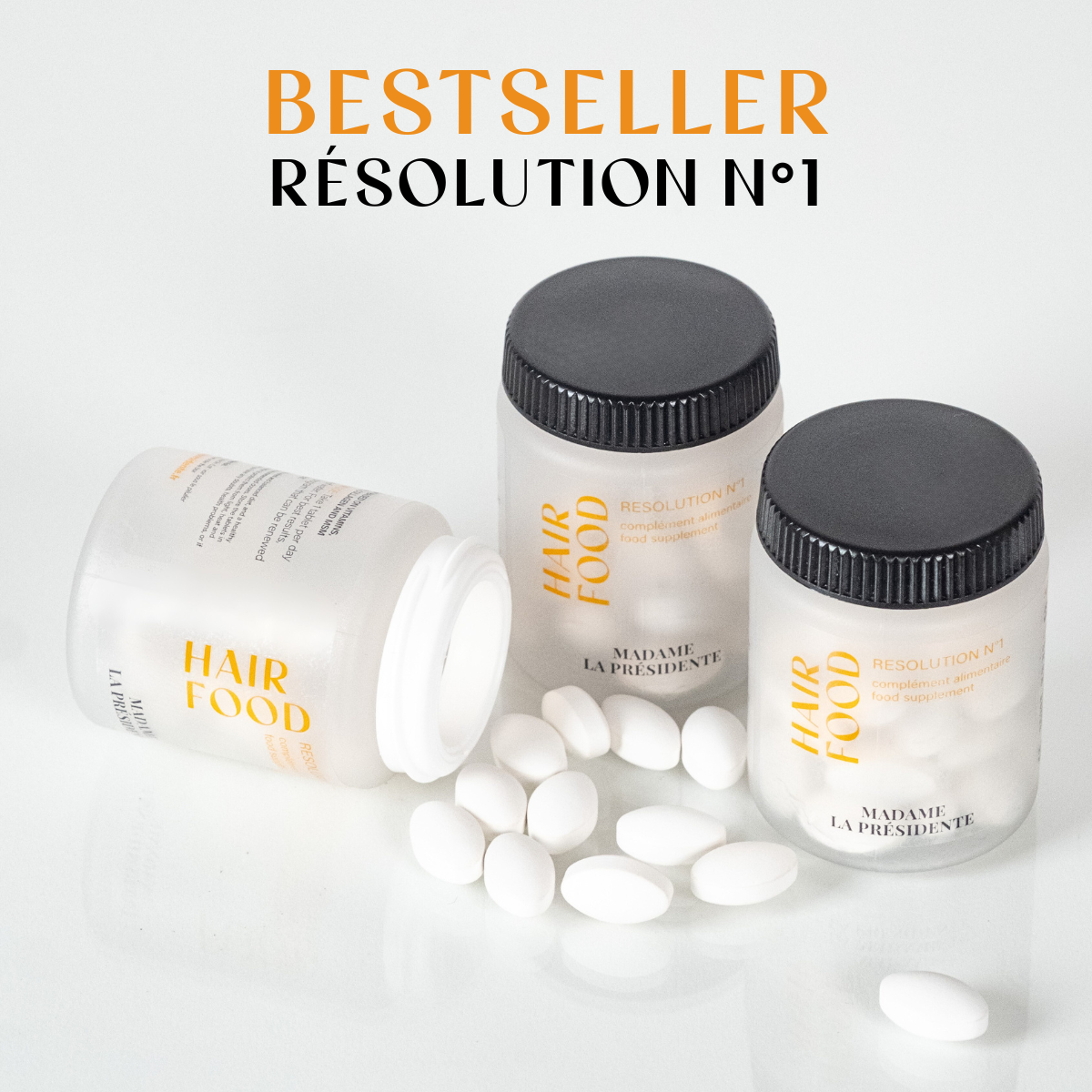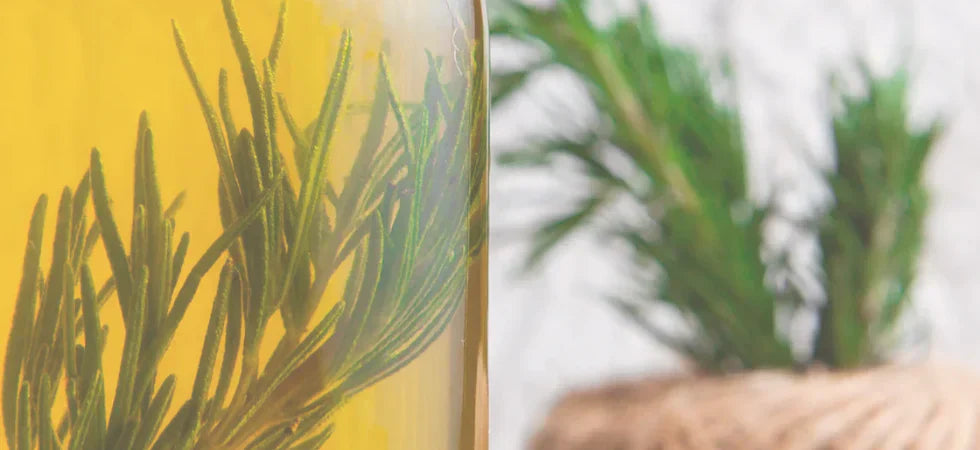Infused oils are natural treasures, widely used for their therapeutic properties and cosmetic applications. Whether for skincare, haircare, or aromatic massages, these plant oils enriched with active ingredients offer a gentle and effective solution for everyday use. Discover everything you need to know about these precious products.
Infused oils are distinguished by their ease of use and their ability to meet everyday needs. Whether it's to nourish dry skin, soothe redness, or protect against sun damage, these oils work deep down while respecting the skin's natural barrier. Furthermore, their delicate fragrance, derived from the infused plants, makes them a valuable addition to beauty rituals.
Incorporating an infused oil into your routine allows you to benefit from the natural properties of plants gently, without resorting to chemicals. Thanks to their versatility, they can be used alone or mixed with other skincare products such as essential oils or moisturizers.
What is Infused Oil? Definition and Origins
The definition of an oil macerate
An oil macerate is obtained by prolonged infusion of plants or flowers in a vegetable oil. This process allows the extraction of active ingredients, such as fatty acids, vitamins, and minerals, present in the parts of the plant used. Unlike an essential oil, it is a gentler preparation and easier to incorporate into skincare routines.
The origins of oil macerates
Infused oils have been used for centuries in many cultures for their therapeutic benefits and restorative properties. Plants such as calendula, known for its anti-inflammatory effects, or meadowsweet, prized for relieving ailments, are among the oldest recipes passed down through ancestral knowledge.
The Process of Making an Oil Macerate
Choice of plant and base oil
The choice of plants is essential for obtaining a high-quality macerate. Organically grown plants are preferred to avoid any pesticide contamination. As for the vegetable oil used as a base, it must be pure, cold-pressed, and suited to the intended use, such as sunflower oil for its lightness or sweet almond oil for its mildness.
The different maceration methods
-
Hot maceration : Under the effect of heat, the plant's active ingredients diffuse more quickly into the oil. However, this method can alter some sensitive active ingredients.
Cold maceration : A slow but ideal process to preserve the quality of active elements and therapeutic properties.
Solar maceration : Made by exposing the mixture of plants and oil to the sun, it combines gentle heat and natural energy for optimal benefits.

Filtering and preserving the macerate
Once the maceration is complete, the mixture is carefully filtered to remove any plant residue. The macerate is then stored in tinted glass bottles to protect it from UV rays, and a natural preservative, such as vitamin E, may be added to extend its shelf life.
Properties and Benefits of Infused Oils
Therapeutic and cosmetic benefits
Oil macerates offer a multitude of benefits for the body and mind:
Hydration and repair : Thanks to their fatty acids and vitamins, they nourish dry skin and reduce fine lines.
Anti-inflammatory and soothing : Macerates such as calendula reduce redness and skin irritations.
Pain relief : Meadowsweet macerate is known to soothe muscular and joint pain.
The different types of macerates and their specific uses
Each macerated oil has its own specific properties. For example:
Calendula : Ideal for the care of sensitive skin, babies or after sun exposure.

-
Carrot : Prepares and repairs the skin after UV rays, while providing a healthy glow effect.

Arnica : Perfect for relieving pain and reducing bruising.

How to Use Macerated Oils?
In skincare: face and body
Applied directly to the face or body, oil macerates act as moisturizing and repairing treatments. They can be used:
As a massage oil to relax muscles.
As a base for blends with essential oils.
For daily care to soothe irritated skin.
In hair care
Oil macerates nourish and strengthen hair. For example:
Coconut macerate helps reduce hair loss.
-
Rosemary macerate stimulates scalp circulation to promote hair growth.
In massage and aromatherapy
Thanks to their specific properties, infused oils are an excellent base for relaxing or therapeutic massages. When blended with essential oils, they intensify their restorative effects.

Practical Tips for Incorporating Infused Oils into Your Routine
How to choose an oil macerate according to your skin or hair type?
For sensitive skin: opt for calendula macerate.
For dry hair: opt for a nourishing macerate such as shea butter.
For anti-aging needs: rosehip macerate is rich in regenerating active ingredients.
Some DIY recipes to create your own macerated oils
Making your own infused oil is simple. Here's a recipe:
Fill a jar with dried flowers, such as calendula.
-
Cover with an organic vegetable oil (for example, olive oil).
Leave to macerate away from light for 4 to 6 weeks.
Filter and store in a glass bottle.
Precautions for use and storage advice
To ensure optimal quality, store your macerates in a cool, dry place. Use a preservative, such as vitamin E, to prevent rancidity, and check the expiration date of any vegetable oil you use.
Conclusion
Infused oils are true allies in a natural skincare routine. By selecting high-quality plants and following precise preparation steps, you obtain products rich in active ingredients, ideal for your skin, hair, and overall well-being. Whether for their restorative properties, their gentleness, or their effectiveness, they deserve a prominent place in your beauty basket.
What is the difference between an oil macerate and a vegetable oil?
An oil macerate is an infusion of plants in a vegetable oil to extract their active ingredients and specific properties. In contrast, a vegetable oil is a pure oil obtained by pressing or extraction, such as olive oil or coconut oil, without the addition of any other ingredients.
When to take a macerated oil?
Oil macerates are primarily used externally, suitable for skin and hair care, or for massages. They are not ingested unless specifically prepared for culinary use, such as certain macerates made from edible plants.
How to make a rosemary oil infusion?
To create a rosemary macerate:
Use dried rosemary leaves to avoid moisture.
Place them in a clean jar and cover them with a vegetable oil such as olive oil.
Leave to macerate for 4 to 6 weeks at room temperature, away from light.
Filter and store in a glass bottle.
What type of oil should be used to make a plant macerate?
The choice of oil depends on the needs:
For a lighter effect, opt for sunflower oil.
For dry skin, opt for sweet almond oil.
For universal use, organic olive oil is ideal.
Always choose an organic and cold-pressed oil to preserve the quality of the macerate.


